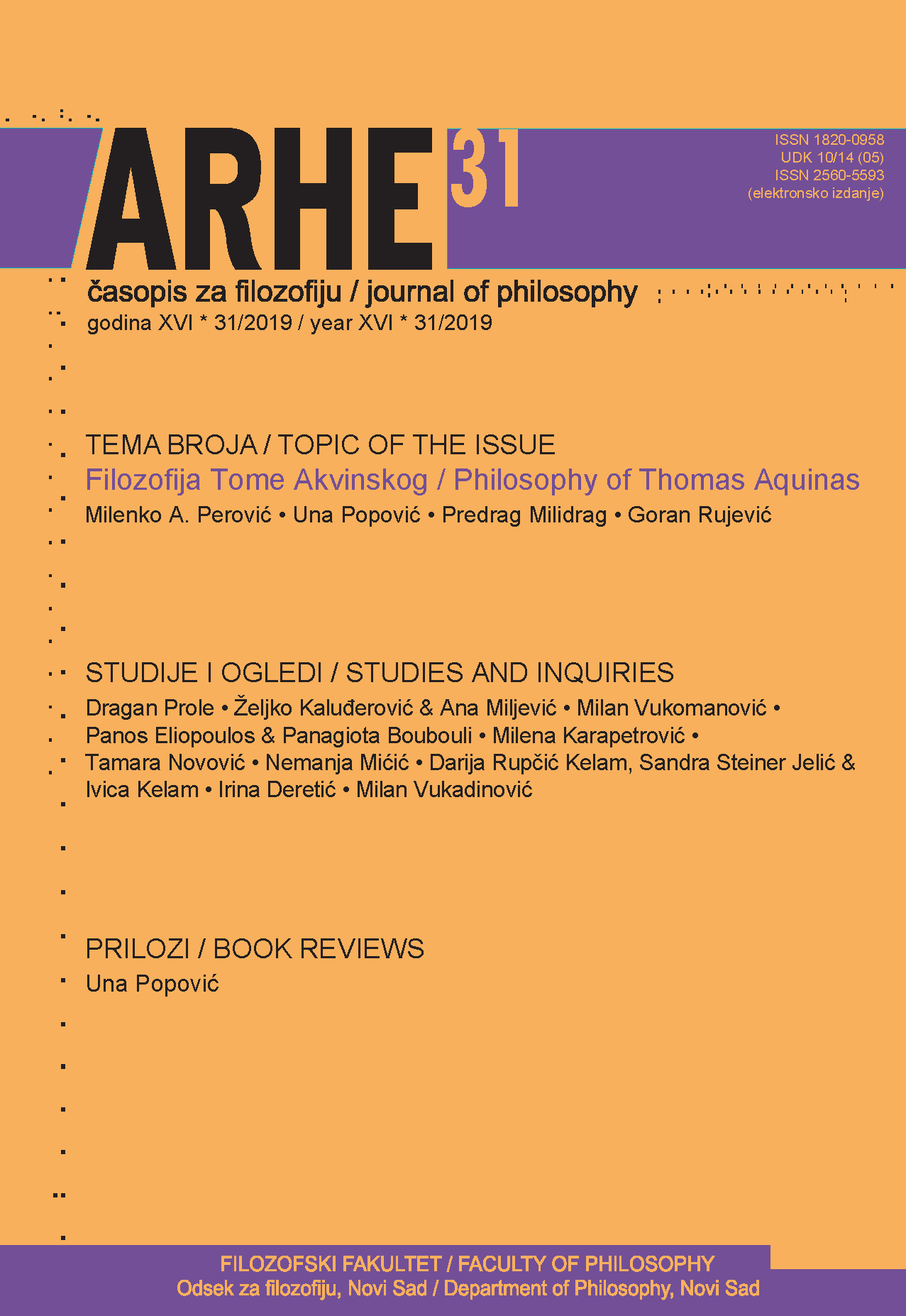NEUROPHILOSOPHY AND SOCIAL MEDIA: INTERMESHING OF COMPLEX NETWORKS
Main Article Content
Abstract
A neuroscientific progress during the last couple of decades has not only gradually revealed human brain as a „social organ“ which evolved to connect with the other brains, but has also raised the possibilities of wider neurophilosophical approach to a sphere of contemporary social phenomena such as increasing human interaction on a social media enabled by new digital technologies. Not only that neurophilosophy could provide an empirical basis for more objective considerations of complex existential, cultural, political and ethical aspects of human society in the present stage of global interconnectedness, but even some of the newer approaches from the anti-reductionist end of the spectrum of „behavioral and brain sciences“ (such as theories of chaotic or emergent dynamical systems) could be rendered useful in researching complex networks of social interaction, which may have a significant effect on strengthening democratic phenomena such as the „wisdom of crowds“, grassroot initiatives or velvet revolutions.
Article Details
References
Chomsky, Noam (1957). Syntactic Structures. The Hague: Mouton
Churchland, Patricia S. (1986). Neurophilosophy: Toward a Unified Science of the Mind-Brain. Cambridge: Bradford Books
Churchland, Paul M. (1989). A Neurocomputational Perspective: The Nature of Mind and the Structure of Science. Cambridge: Bradford Books
Dreyfus, Hubert (2001). On the Internet. New York: Routledge.
Ellis, G. F. R. (2008). “On the Nature of Causality in Complex Systems” in: Transactions of the Royal Society of South Africa, 63 (1): 69-84
Hofstadter, Douglas (1979). Gödel, Escher, Bach: an Eternal Golden Braid. New York: Basic Books
Mandelbrot, Benoit B. (1982). Fractal Geometry of Nature. New York: Times Books
Meshi, D., Tamir, D. and Heekeren, H. (2015). „The Emerging Neuroscience of Social Media” in: Trends in Cognitive Sciences, 19 (12): 771-782
Metzinger, Thomas (2009). The Ego Tunnel: The Science of the Mind and the Myth of the Self. New York: Basic Books
Pinker, Stiven (2003). The Blank Slate: The Modern Denial of Human Nature. New York: Penguin Books
Sapolski, Robert (21.5.2010). “Emergence and Complexity”. Retrieved 3.12. 2018. „URL:
Sejnowski, T. J., Churchland, P. S. & Movshon, J. A. (2014). “Putting big data to good use in neuroscience” in: Nature Neuroscience, 17: 1440-1441
Surowiecki, James (2004). The Wisdom of Crowds. New York: Doubleday.
Tagard, Pol (2014). Mozak i smisao života. Novi Sad: Akademska knjiga
